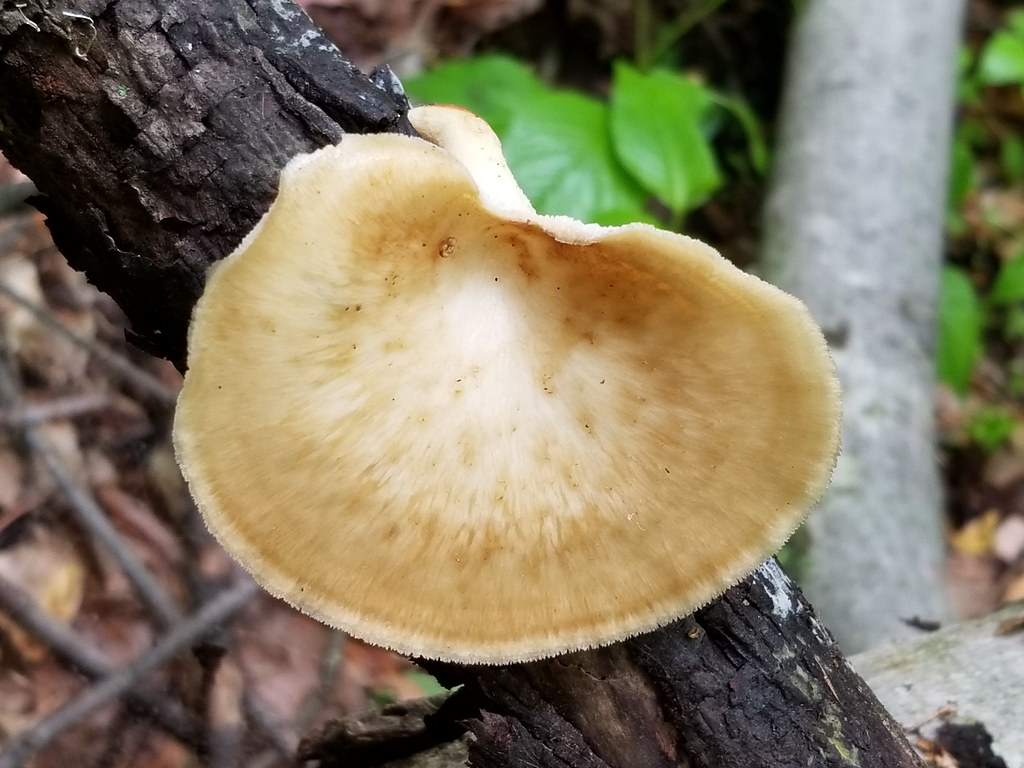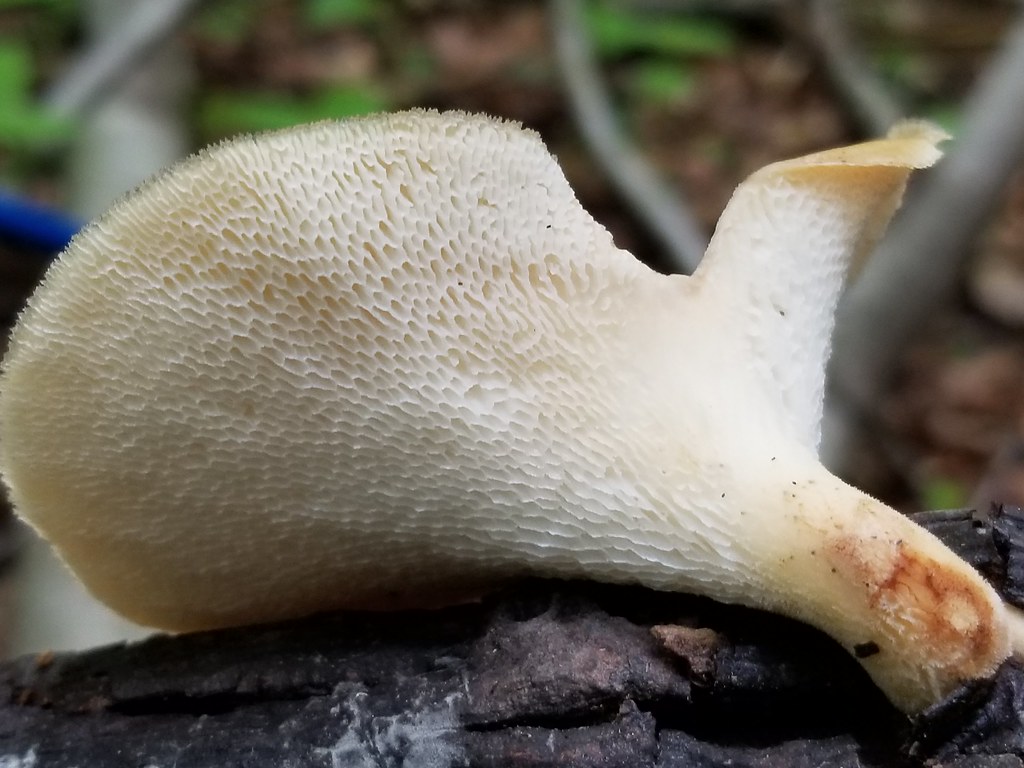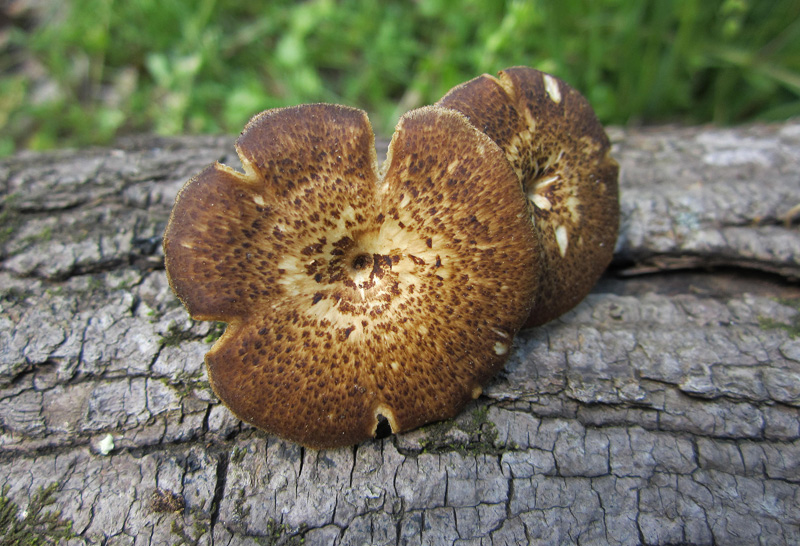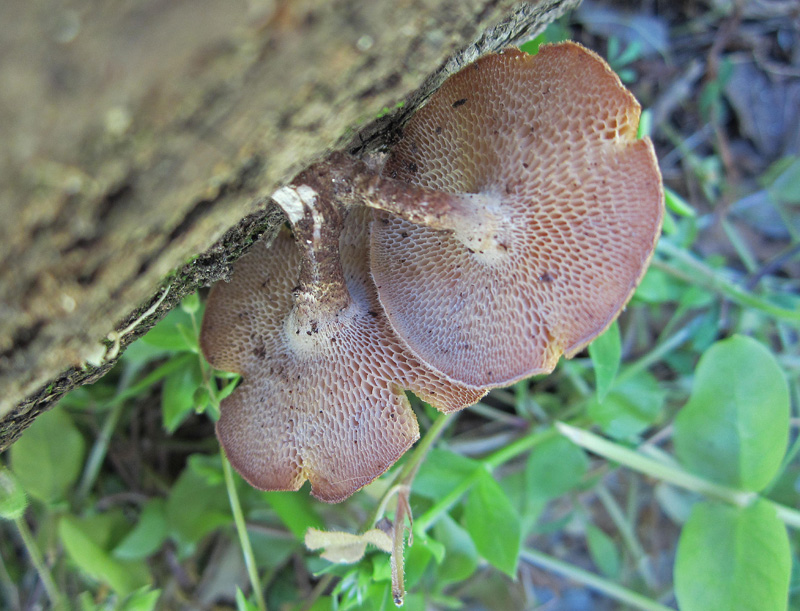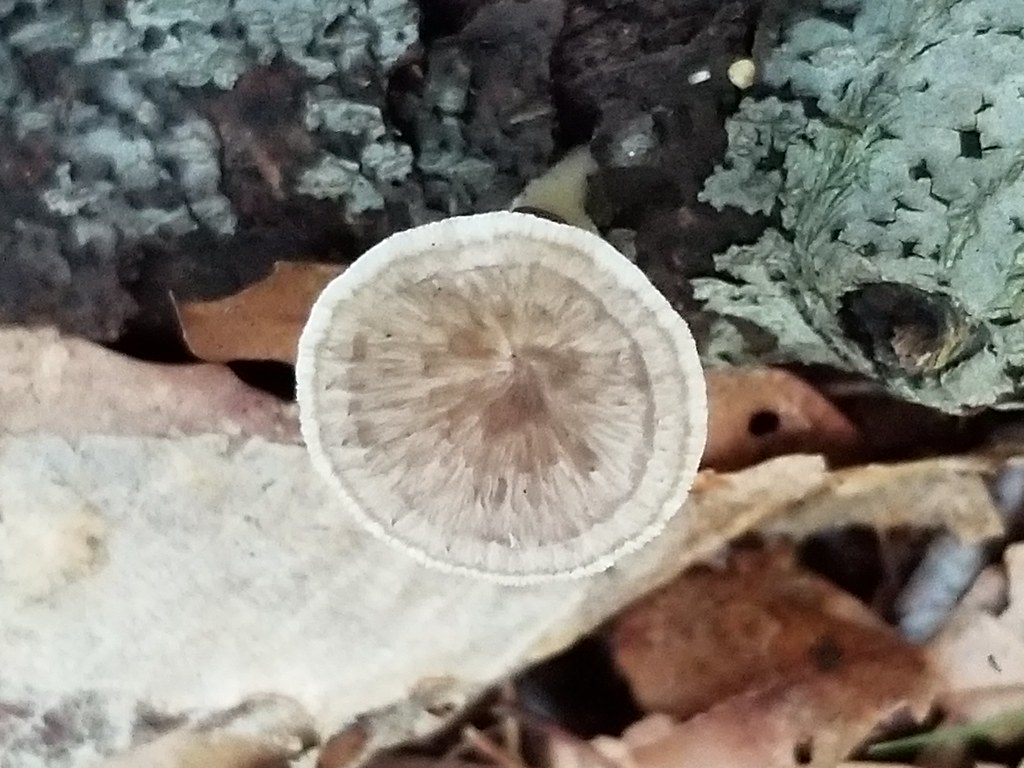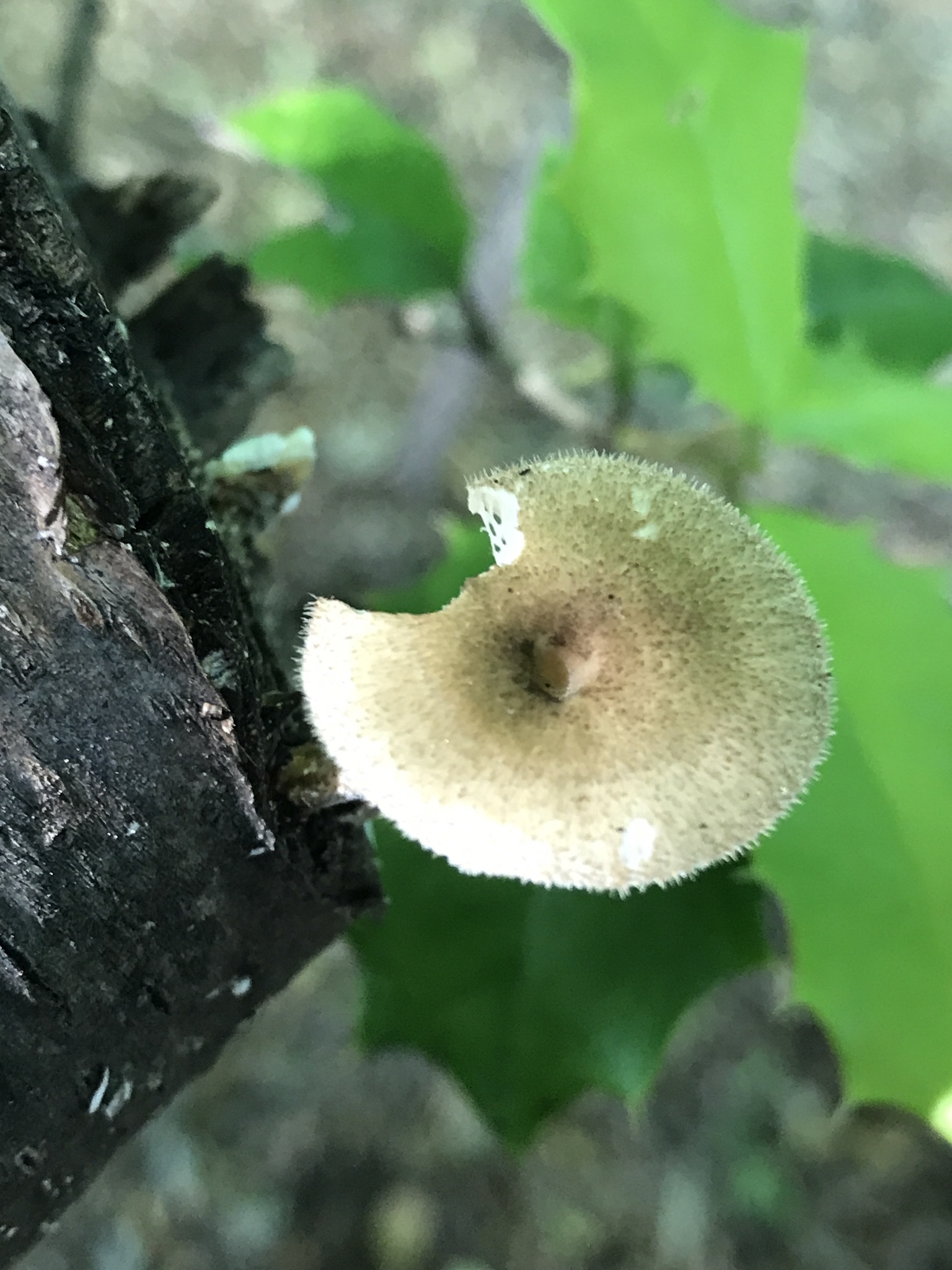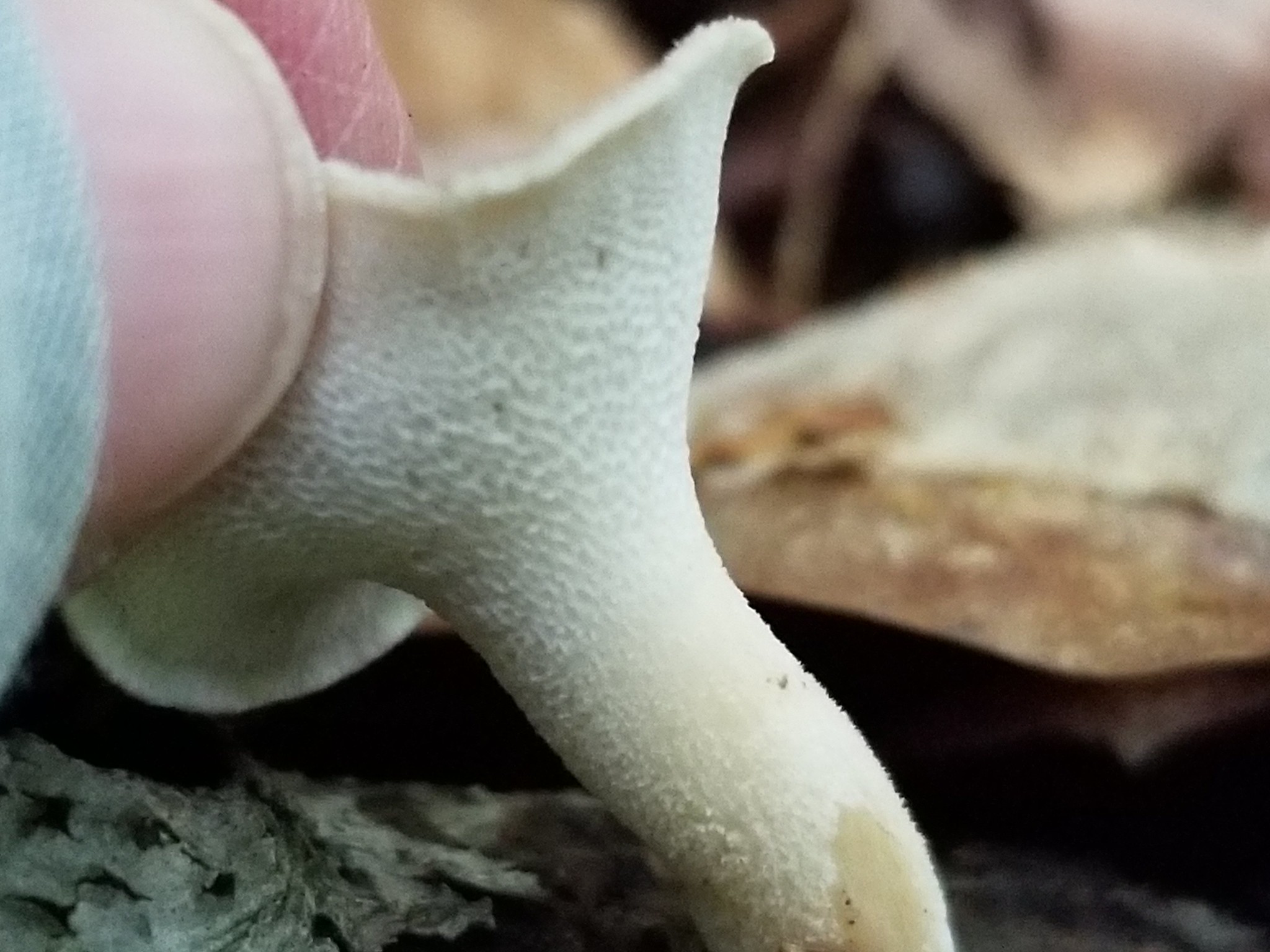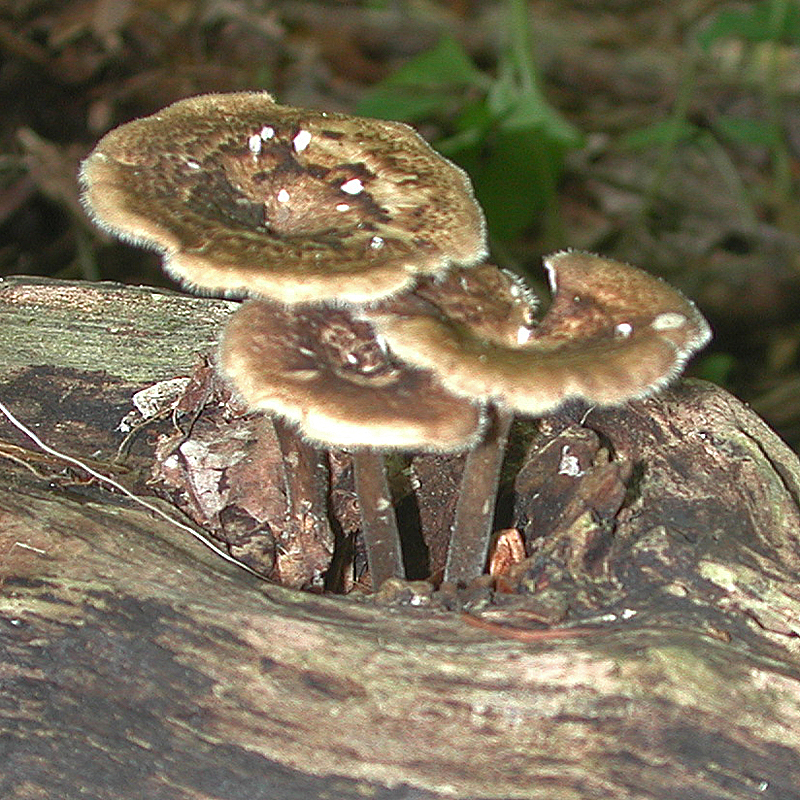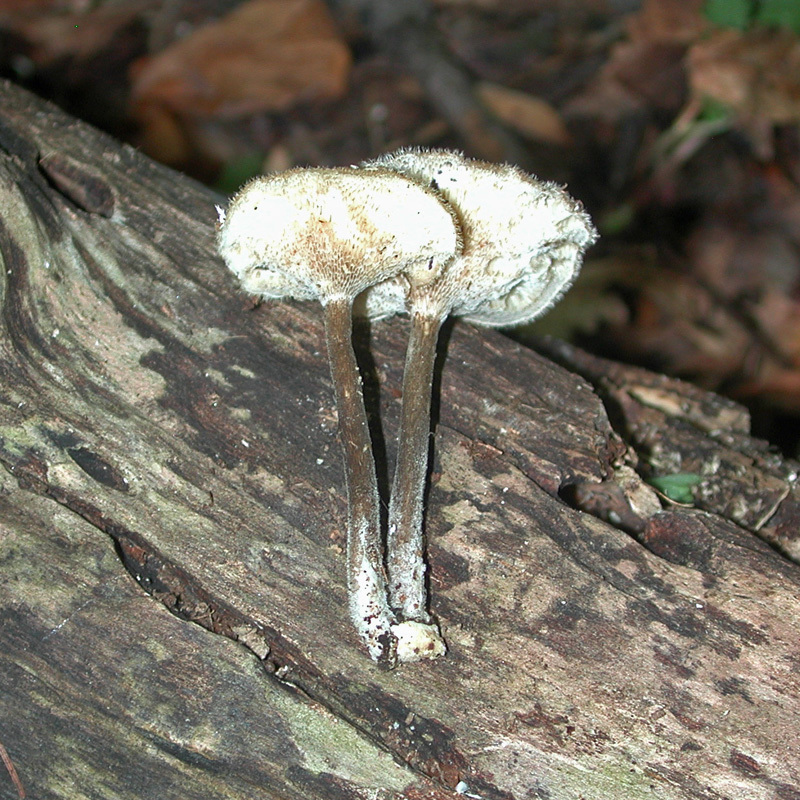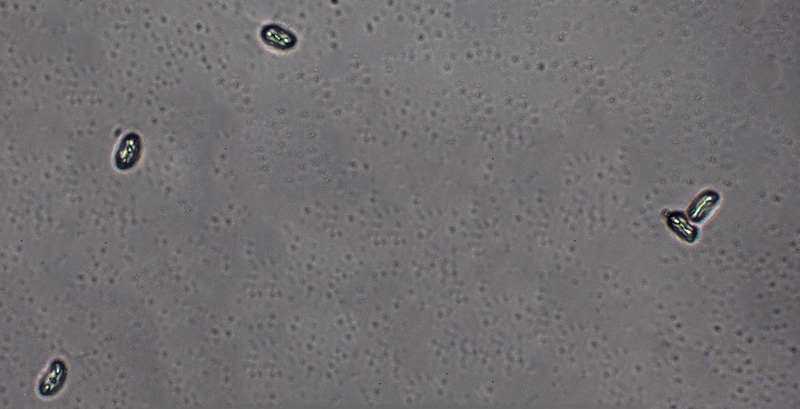Map Snapshot












43 Records
Status
Fruiting bodies: Dark to golden-brown; dry scaly surface; circular convex to funnel-shaped; incurved margin with conspicuous hairs. Pores: White/pale yellow; elongated to hexagonal pores, somewhat decurrent. Stalk: Shades of brown; scaly to smooth; central (J. Solem, pers. comm.).
Where To Find
Habitat: Solitary/groups on decaying hardwoods or buried wood.
Seasonality Snapshot
Source: Wikipedia
| Lentinus arcularius | |
|---|---|

| |
| Scientific classification | |
| Domain: | Eukaryota |
| Kingdom: | Fungi |
| Division: | Basidiomycota |
| Class: | Agaricomycetes |
| Order: | Polyporales |
| Family: | Polyporaceae |
| Genus: | Lentinus |
| Species: | L. arcularius
|
| Binomial name | |
| Lentinus arcularius (Batsch) Zmitr. 2010
| |
| Synonyms | |
| |
Lentinus arcularius, also known as the spring polypore, is a species of fungus in the family Polyporaceae.[1][2] It has been found on all continents, but has primarily been documented in the United States, Austria, Mexico, Australia, and Japan.[3] It was first documented in 1783 by German naturalist August Batsch under the name Boletus arcularius. It was later renamed to Polyporus arcularius in 1821 by Swedish mycologist Elias Magnus Fries before being recently (2010) transferred to the genus Lentinus.[1]
Description
[edit]The cap is 1–4 cm (0.39- 1.57 in) in diameter and convex to depressed in shape. It is pale tan to dark brown and has dry scales. The outer area of the cap (margin) has fine hairs. The hymenium has hexagonal pores and is cream to brown in color. The hymenium is decurrent in shape. The stipe is central, bare, scaly, and brownish. The odor is not distinct.[4] It is inedible.The spore color is a cream to white.

References
[edit]- ^ a b "Polyporus arcularius in Mycobank".
- ^ "Species Fungorum - Names Record". www.speciesfungorum.org. Retrieved 2022-05-22.
- ^ "Polyporus arcularius (Batsch) Fr". www.gbif.org. Retrieved 2022-05-22.
- ^ "Polyporus arcularius (MushroomExpert.Com)". www.mushroomexpert.com. Retrieved 2022-05-22.
| Lentinus arcularius | |
|---|---|
| Pores on hymenium | |
| Cap is convex or depressed | |
| Hymenium is decurrent | |
| Stipe is bare | |
| Spore print is cream to white | |
| Ecology is saprotrophic | |
| Edibility is inedible | |
External links
[edit] Media related to Polyporus arcularius at Wikimedia Commons
Media related to Polyporus arcularius at Wikimedia Commons Data related to Polyporus arcularius at Wikispecies
Data related to Polyporus arcularius at Wikispecies

